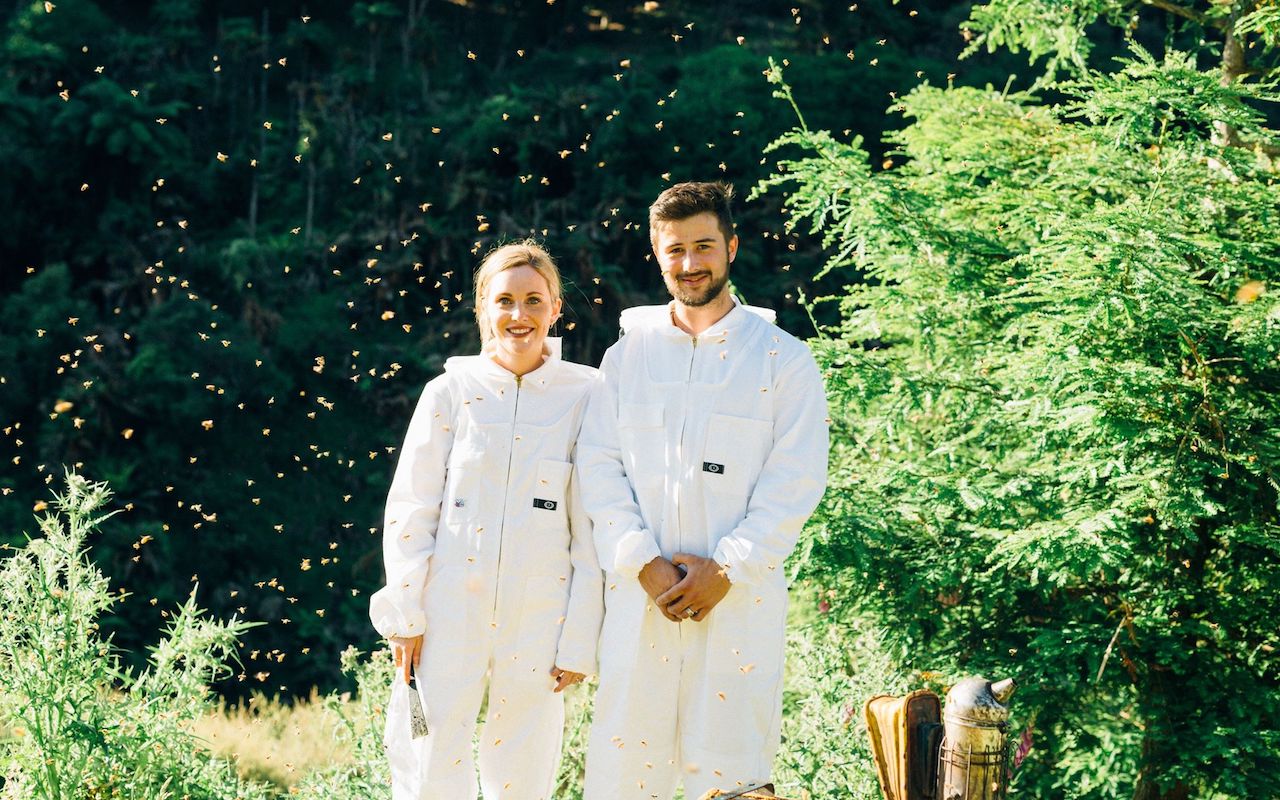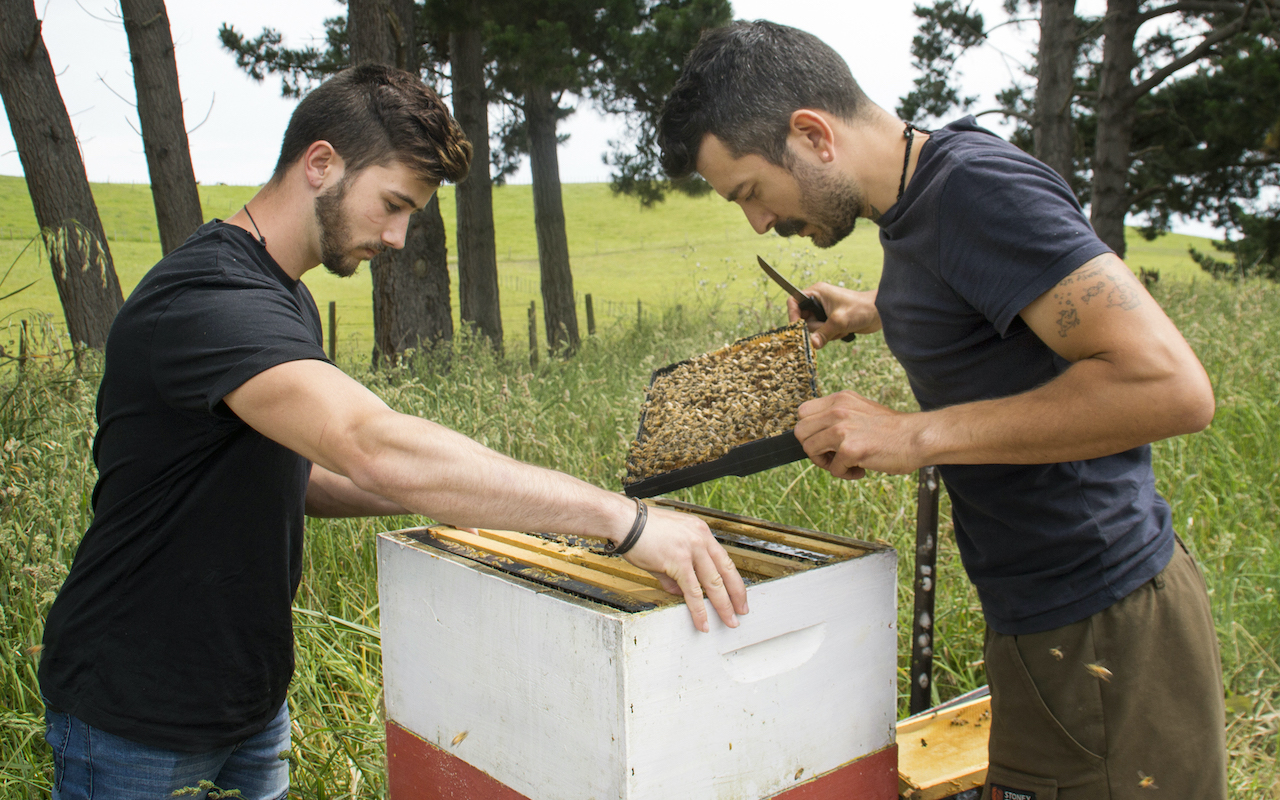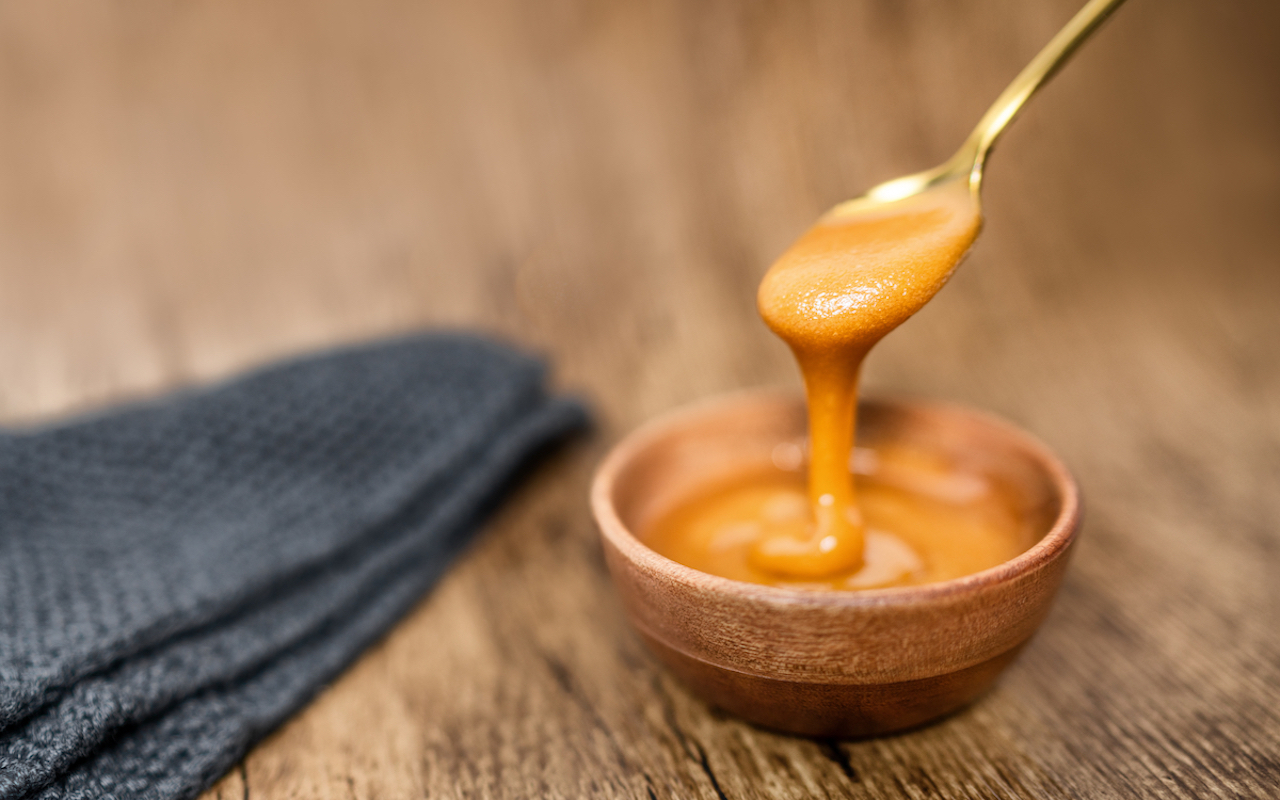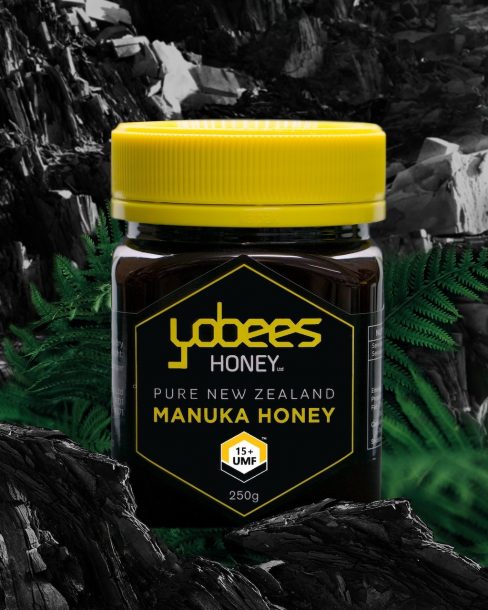*Produced by SilverKris for Yobees Honey*
Native to New Zealand, Mānuka honey has a dark brown colour and yields a full and creamy mouthfeel. It is especially sought after for its antibacterial properties and nutritional benefits. However, not all Mānuka honeys are made the same.
Yobees Honey is a a 100% New Zealand (Kiwi) owned and family operated company that specialises in producing pure, high-grade Mānuka honey. Johann Ander, the founder and co-owner of Yobees, explains, “Over the years, we heard many news reports about how Mānuka honey was being adulterated, blended with other types of honey and mixed with other unnatural ingredients. We wanted to prevent that from happening, so we decided to bypass the over-commercialised process and produce our own brand, where we have total control over the entire honey-making process.”

The result is Yobees Honey – a pure, concentrated honey that has been given the UMF™ stamp of approval.
Johann says, “The UMF™ standard is not just a rating. Our honey is put through a range of tests, audits and rigorous controls by an independent laboratory, which is recognised by New Zealand’s Ministry for Primary Industries, to ensure it is 100% natural, unadulterated, New Zealand Mānuka honey. That’s a guarantee.”
The Unique Mānuka Factor, or UMF™, is a grading system that measures the natural markers found in Mānuka honey to assess its purity and quality. The unique antibacterial properties of Mānuka honey were first discovered in 1982 by Dr Peter Molan, then professor of Biological Sciences at Waikato University, and have since been studied and confirmed by other researchers around the world.
Johann adds, “High-grade Mānuka honey is incredibly rare. You’ll often get one good season every five years. Much like cheese and whisky, it can take up to three years for Mānuka honey with a grade of UMF20+ to fully mature.”

Taking full control of the production process has given Yobees and their customers a new level of confidence in the quality of their product. Johann describes how he and his staff are involved at every stage. “The way honey is usually processed, it passes through several companies before it’s packed and shipped, with the owners often having nothing to do with the process. For us, we prefer to get our hands dirty – from the planting of the Mānuka bushes and tending to the bees to packing each jar of honey for our customers.”
Having been fascinated by bees ever since he was a young boy and as a certified apiarist, Johann definitely knows his stuff. Below, he shares five unique ways you can use Mānuka honey in your daily life.
1. A natural replacement for sugar
Mānuka honey that is below UMF10+ is considered low grade, which means it is unlikely to provide any noticeable health benefits but it is still a high-quality monofloral honey and a great natural sweetener. Instead of sugar, add a teaspoon or two into your tea and coffee for that extra zing. In fact, when taken daily, the sucrose and glucose in Mānuka honey is known to boost energy levels.

2. Treatment for cuts and burns
While honey has long been used by humans to treat wounds, it was only in recent decades that science established why. In 1982, New Zealand biochemist Peter Molan discovered MGO, a natural chemical in Mānuka honey that attacks harmful bacteria. According to Molan’s research, Mānuka honey has exceptional antibacterial properties and is particularly useful for treating cuts, burns and even complex wounds like ulcers.
3. Beauty face mask
Mānuka honey’s antibacterial properties also make it a good ingredient for a natural beauty treatment. If you have an inflammatory skin condition like acne, rosacea or eczema, try applying a pea-sized amount of honey on your skin and massage it into the sensitive spots before rinsing with warm water. If you find applying pure honey to be too intense for your skin, you can also dilute it with a few drops of water before application.

4. To soothe sore throats
If you’re suffering from a sore throat, try some Mānuka honey, which contains lots of bioactive compounds. Mix a teaspoon of Mānuka honey in a cup of warm, boiled water and add a squeeze of lemon juice. Gently sip the soothing beverage to coat the inner lining of your throat, where there may be discomfort and inflammation.
5. Raw supplement to boost the immune system
Mānuka honey with a grade of UMF10+ or UMF15+ is considered a medium-grade honey, which is great for everyday consumption. The higher the UMF™ grade, the more effective it is at killing bad bacteria. To reap the maximum health benefits, try taking one to two tablespoonfuls of pure Mānuka honey every day. You can take the honey as it is or you can incorporate it into your breakfast, whether that’s spreading it on a slice of toast, enjoying it with a dollop of yoghurt or drizzling it over your cereal.
The post 5 unusual ways to enjoy Mānuka honey appeared first on SilverKris.
from SilverKris

No comments:
Post a Comment